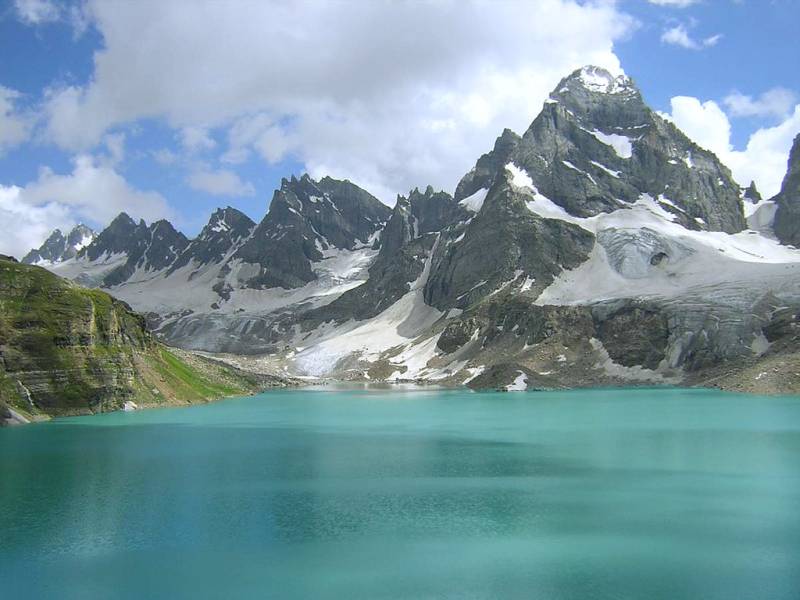On March 14, 1950, the Security Council replaced the United Nations Commission for India and Pakistan and instead created the office of the United Nations Representative for the purpose of demilitarization of the state. Sir Owen Dixon, then a high court judge and eventually the chief justice of Australia was the first person to occupy the office. His attempts at demilitarization of the State were, in retrospect, in vain. His declaration on the futile conclusion of his efforts, in his report to the Security Council, read: ‘...In the end I became convinced that India’s agreement would never be obtained to demilitarization in any such form, or to provisions governing the period of the plebiscite of any such character, as would in my opinion permit of the plebiscite being conducted in conditions sufficiently guarding against intimidation and other forms of influence and abuse by which the freedom and fairness of the plebiscite might be imperilled’.
Sir Owen, in simpler words, had proposed the demilitarization of the State followed by a partition of the state from both the countries which would be followed by a plebiscite in the valley that could better account for the true picture of the wishes of the people of the Kashmir locality. However, such a plebiscite was not possible given how there was a large concentration of Indian army in the region, most of them bearing arms. Sir Owen emphasized in the report quoted above that it was his conscious choice to refuse a plebiscite in the prevalent conditions given how the Indian army presence in the region could not allow a free and fair representation of the will of the Kashmiri populace. At the end, Sir Owen resigned, his efforts bore no fruit.
As the Security Council gave in to the disappointment that was the Dixon report and accepted his resignation, certain events took place beyond its precinct. At the Commonwealth Conference in London in 1951, it was decided that a Commonwealth force would instead take the responsibility of maintaining peace and transparency in the disputed region during the plebiscite along with a joint Indo-Pak force and a United Nation Force. Pakistan agreed to this combination, India however rejected it. Furthermore, the Kashmir Constituent Assembly in the disputed (occupied) Kashmir was to meet in March of the same year and decide on the future of the State. As the State was still disputed, the decision of the assembly did not hold any mandate. India too recognized this as many of its leaders emphasized in more than a few instances that the decision of the assembly will not be enforced or will not affect the demand of the plebiscite agreed upon by both the Pakistan and Indian government. Pundit Nehru too gave similar assurance in the Indian Parliament on 28 may 1951 and in a press conference on 11 June 1951.
Meanwhile, a former American Senator, Frank P. Graham was appointed as the new UN representative. Sadly, the fate of the Graham tenure was no different. The UN Security Council adopted a resolution that demanded both India and Pakistan to reach agreement on the size of armed forced of both the nations which could exist on either side of the border after the overall demilitarization of the area. According to this resolution, the council proposed that Pakistan could be allowed to keep as many as 3,000 to 6,000 troops on the Pakistani side of the ceasefire line and India would be allowed as many as 12,000 to 18,000 troops on its side of the ceasefire line. India rejected the demilitarization as a whole. This was followed by a visit of Graham to the subcontinent where he tried to convince the Indian leaders to agree to the council’s proposal. As has been emphasized before, his efforts were in vain. As a result, he returned and tried a few more attempts to solve the long standing dispute. The fifth report submitted on the issue bears witness of the efforts. At the end of the period, Graham proposed what has since been accepted as an unsaid truth of the matter of Kashmir: the two countries have to be left alone to solve the dispute for neither are they ready to accept mediation nor can a third party truly reflect on the undertones of emotions saturating the contention.
The two countries are at a stand still even today. Peace is of course unachievable without the settling of the historical mistake which has made what is the Kashmir of today. The best solution for today should be the independence of the Kashmir state but that is indeed too much to ask for. Till someone is ready to accept this fact, the issue of Kashmir shall stay a colossally intruding contention.






